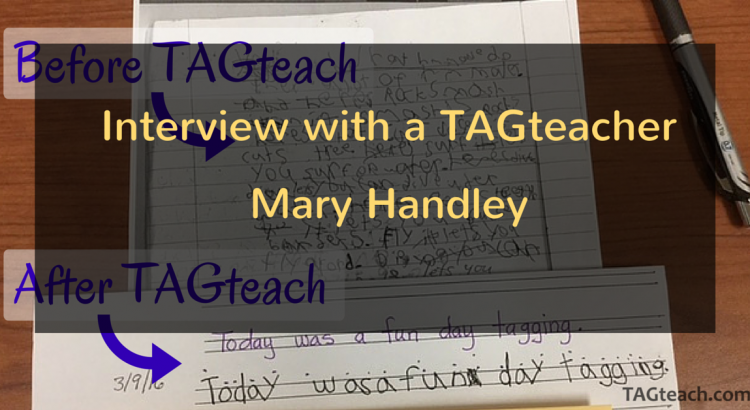Professional trainers and professionals with advanced degrees in Applied Behavior Analysis know about the trainer/teacher’s secret weapon for extreme reliability. That is… back chaining. If you are a teacher, coach or parent who teaches skills to others, you need to know about this too!
Back chaining is a concept foreign to many and counter-intuitive to most who first learn of it. We want to talk about it briefly here, because it is a very effective way to build highly reliable behaviors and it is one of the key techniques that any TAGteacher should understand and apply properly. A reliable behavior is one that looks the same each time the subject performs it. For example, with forming the letter “E”, we would consider the behavior to be reliable if the child drew the letter the same way every time and the letter was drawn correctly.
Read More


